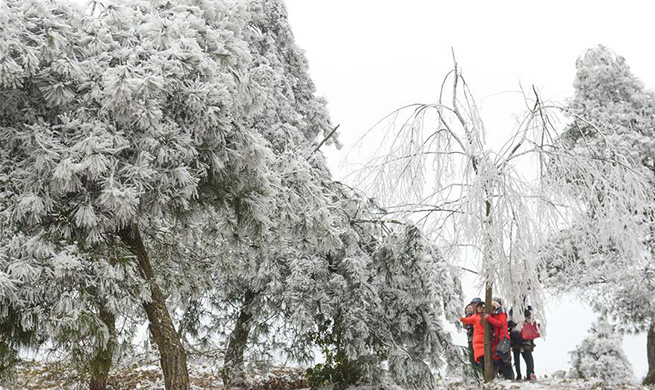CANBERRA, Feb. 2 (Xinhua) -- Australian scientists have discovered that some plants have 10 times as many "highways" in their leaves as others, which they believe are a key factor in photosynthetic efficiency.
The communication channels, called plasmodesmata, are microscopic structures so small that 25,000 of them could fit in the diameter of a single human hair.
"Plasmodesmata transport small molecules or metabolites, such as sugar molecules, in the same way roads transport cars. Just like in a city, having more roads means that cars can travel faster, while less roads result in traffic jams," Florence Danila, a PhD student at Australian National University's ARC Centre of Excellence for Translational Photosynthesis who made the discovery, said in a media release on Friday.
"We found that plants that are able to produce more food, like corn, have 10 times more plasmodesmata than less efficient plants, and that they have a very special role allowing the flux of metabolites."
Plants use either the C3 or C4 pathway process to fix carbon using sunlight. The C3 pathway is considerably less efficient and is used by rice and wheat -- two of the most prominent crops in the world.
Susanne von Caemmerer, deputy director of the ARC Centre of Excellence for Translational Photosynthesis, said that the finding was important because having a greater understanding of the pathways could lead to C3 plants being converted into more productive C4 plants and solve world hunger.
"Our findings are ground-breaking and extremely exciting because this is the first systematic comparison of plasmodesmata in an extensive number of C3 and C4 species, including some of the most important food crops such as wheat, sorghum and rice," she said.

















